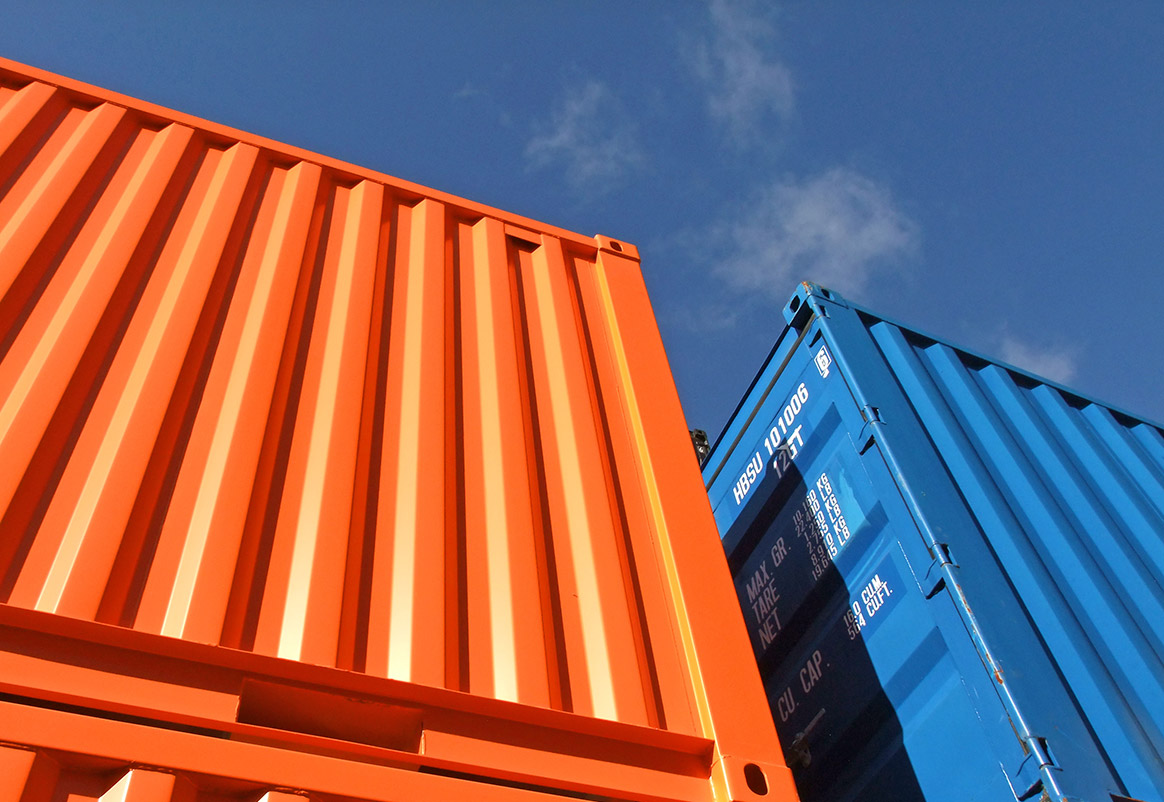Commodity trading has long been a cornerstone of the global economy, facilitating the exchange of raw materials and energy products across the world. As the industry continues to evolve, a significant shift is taking place, driven by the growing importance of sustainability and circular economies. This article will introduce you to the basics of commodity trading and explore how the industry is adapting to these emerging trends.
1. Understanding Commodity Trading
Commodity trading involves the buying, selling, and trading of raw materials such as metals, energy products, and agricultural goods. These commodities are essential for the production of a wide range of goods and services, making them critical components of the global economy.
There are three main types of commodities:
- Energy: These include natural resources like oil, and gas, coal, electricity, and chemicals.
- Agriculture: These refer to agricultural products like coffee, wheat, and sugar.
- Metals & minerals: ferrous and nonferrous metals
Merchants operate in different markets, such as spot markets, where commodities are bought and sold for immediate delivery, or futures markets, where contracts are made for the delivery of commodities at a later date.
2. The Role of Renewable Commodities
As the world becomes more conscious of environmental issues and climate change, its demand and the focus on renewable commodities has grown. Renewable commodities are those that can be replenished or are derived from sustainable sources, such as biofuels, solar energy, and wind power.
The inclusion of renewable commodities in the trading landscape, such as biofuels, marks a significant shift from traditional commodities. This shift is driven by both regulatory changes and market demand, as more legislation mandates renewable demand, and consumers prioritize sustainability.
3. Circular Feeds and the Emerging Reality
The concept of circular feeds is central to the idea of a circular economy, where waste products are recycled and reused rather than discarded. In the context of commodity trading, circular feeds refer to materials that are derived from recycling processes and can be reintroduced into the production cycle.
The rise of circular feeds presents both opportunities and challenges for traders. On the one hand, it opens up new markets and product lines. On the other hand, it requires traders and consumers to understand and navigate a more complex supply chain, where the quality and consistency of recycled materials can vary. This transition is also occurring in a developing legislative framework that is subject to change and adaption, responding to the evolving consumer sentiment and growing environmental awareness.
4. The Economics of Sustainability in Commodity Trading
The shift towards sustainable and circular commodities is not just an environmental imperative but also an economic one. As demand for sustainable products grows, so does the need for clear pricing mechanisms that reflect the true cost and value of these commodities.
One of the emerging concepts in this space is the “circular premium,” which refers to the added value that recycled commodities bring to the market. However, pricing these commodities can be complex, as it involves balancing the costs of production with market demand and the perceived value by end-users.
In addition, quality and yield will play a significant role in determining prices. For instance, the cost of upgrading recycled materials to meet industry standards may affect their market value. As the market for circular and renewable commodities matures, these factors will become increasingly important.
5. The Future of Commodity Trading
Looking ahead, the commodity trading industry is likely to see continued growth in the importance of renewable and circular commodities. Technological advancements, such as the development of new recycling methods and the use of AI in trading, will further drive this shift.
As more companies and countries commit to reducing their carbon footprints, the demand for sustainable commodities will only increase. Traders who are able to adapt to these changes and capitalize on the opportunities presented by circular economies will be well-positioned for success.
Commodity trading is an ever-evolving field, with sustainability and circular economies at the forefront of the industry’s future. Understanding the basics of this shift, including the role of renewable commodities and the challenges of trading circular feeds, is essential for anyone looking to enter the market.
